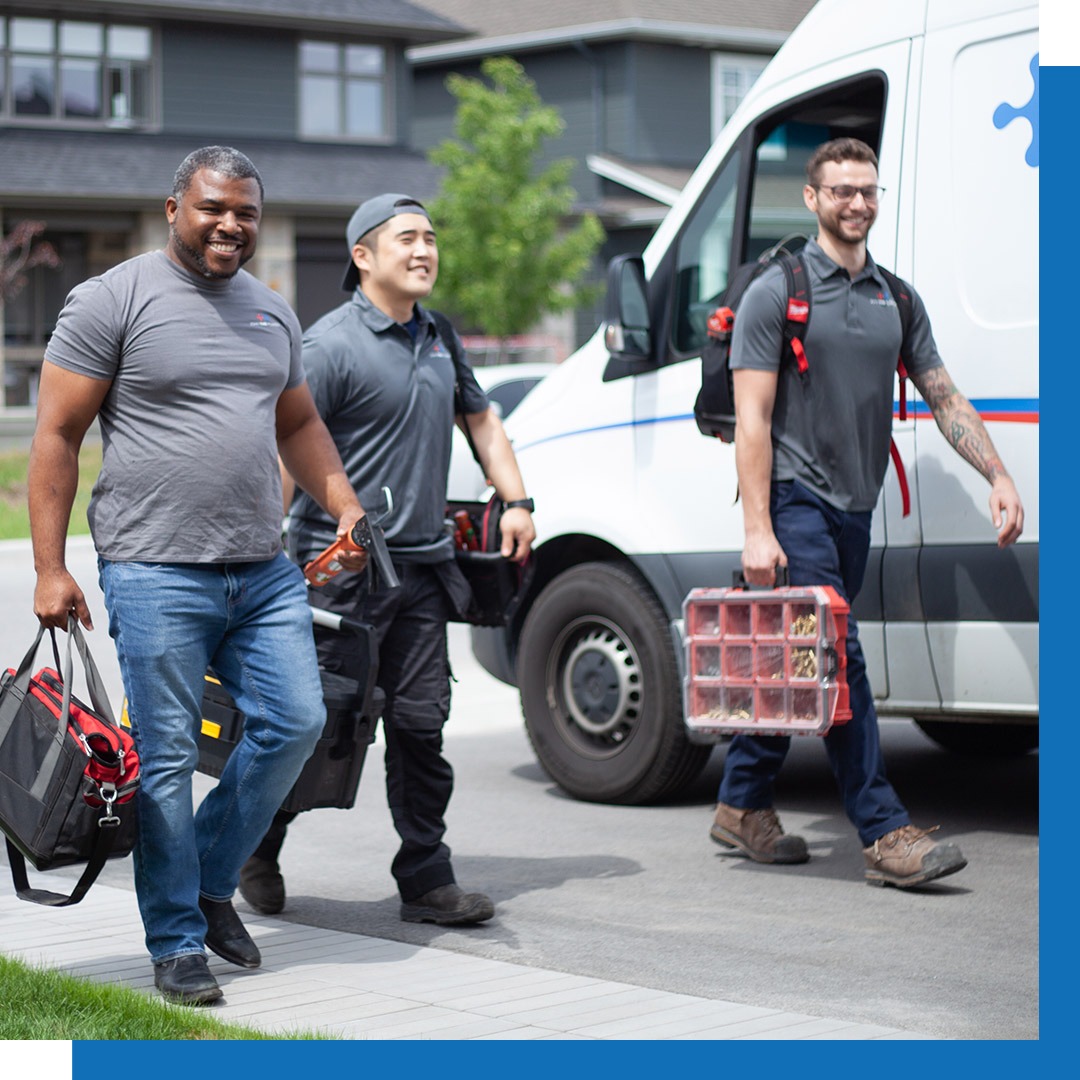High Quality Water Heater Installation Alabaster AL for Optimal Comfort
High Quality Water Heater Installation Alabaster AL for Optimal Comfort
Blog Article
A Detailed Guide to Efficient Water Heater Installation for Optimum Efficiency
Starting the task of installing a hot water heater is an endeavor that requires accuracy and a methodical method for achieving optimum efficiency. The procedure begins with the essential choice of choosing the suitable heater tailored to the details demands of your family, thinking about elements such as power, size, and kind source. Once chosen, preparing the installment location to meet safety criteria is vital. Nevertheless, the trip doesn't finish right here. As you proceed, the ins and outs of linking water supply lines and establishing dependable electric or gas connections wait for, encouraging insights right into ensuring effectiveness and reliability.
Picking the Right Water Heater

Next, take into consideration the size and capability of the water heater. It's crucial to assess your home's warm water needs, which can vary based upon the variety of occupants and their usage patterns. A device that's too tiny may result in not enough warm water, while an oversized design could result in unnecessary power consumption.
Effectiveness rankings also play an essential duty in choice. Seek water heating units with high Power Variable (EF) ratings, indicating remarkable efficiency and decreased energy use. Tankless models, though normally much more costly in advance, deal substantial energy cost savings gradually due to their on-demand home heating abilities.
Preparing the Installment Location
Prior to setting up a brand-new hot water heater, thorough prep work of the installment location is necessary. This makes sure a smooth installment procedure and assists stop future problems (Plumbing Alabaster AL). Begin by picking an ideal location that abides with neighborhood building regulations and safety and security requirements. The area needs to be completely dry, well-ventilated, and available for upkeep. It's critical to determine the space meticulously to fit the hot water heater's measurements, guaranteeing adequate clearance around the device for efficient procedure and servicing.
Next, eliminate any debris, dust, or obstructions from the website to produce a tidy environment. Inspect the flooring for stability, as the hot water heater will need a solid, level surface to operate properly. If required, set up a drip frying pan below the device to catch prospective leakages or spills, avoiding water damage to the surrounding location. In areas vulnerable to seismic activity, consider installing seismic straps to protect the heating unit securely in area.
Furthermore, make sure that all needed tools and materials get on hand prior to starting the setup. This includes items such as wrenches, screwdrivers, a level, and any kind of added equipment required for mounting and securing the heating system. A well-prepared installation location establishes the foundation for a successful hot water heater setup, maximizing efficiency and safety.
Connecting Water Supply Lines
When connecting water supply lines to your newly installed hot water heater, it is important to ensure that all links are leak-free and safe to keep reliable procedure and protect against water damages. Begin by identifying the chilly and find this warm supply of water lines. The cold water inlet is generally noted with a blue tag or a "C", while the hot water outlet is marked with a red label or an "H".
Use versatile water heating system connectors to assist in a simpler setup procedure. Prior to affixing the connectors, place a plumbing professional's tape around the threaded ends of the water heater's inlet and outlet pipes.
When links remain in location, gradually activate the major water supply valve. Check each link for leakages by aesthetically examining and really feeling for moisture. Tighten connections as look at more info required, and make certain the pressure relief valve is properly mounted, safeguarding against excessive pressure build-up.
Setting Up Electrical or Gas Connections
Appropriately establishing up the electric or gas connections for your water heater is an important action to guarantee risk-free and effective procedure. For electrical water heating units, start by confirming that the electric circuit is suitable with the heater's voltage and amperage demands. Make certain the power supply is shut off at the breaker to avoid crashes. Attach the electric wires to the heater following the maker's circuitry representation. Normally, this entails connecting the ground cord to the environment-friendly terminal, and the continuing to be cords to their equivalent terminals, safeguarding each with cable nuts.
For gas water heating systems, security is paramount. Attach the gas line to the water heating system utilizing a flexible gas port, guaranteeing it is correctly threaded and secured with pipe joint compound or Teflon tape ideal for gas connections.
As soon as connections are made, evaluate for any type of prospective leaks. For gas lines, apply a soapy water remedy to the joints; bubbles suggest a leakage. For electrical links, confirm that all circuitry is protected and appropriately insulated, preserving compliance with neighborhood electrical codes.
Adjusting and examining for Effectiveness
With the electrical and gas links safely in position, the next step is assessing the functional performance of your hot water heater. Begin by her latest blog meticulously switching on the water system and making sure there are no leakages at any one of the joints or shutoffs. When validated, continue to fill the tank, taking note of the pressure and temperature settings. It is suggested to set the thermostat to a suggested temperature level of around 120 ° F(49 ° C) to stabilize power performance and convenience.
Following, execute a thorough inspection to make certain the home heating aspects or burner are functioning correctly. For electrical heating units, utilize a multimeter to validate if the elements are drawing the ideal existing. In gas versions, observe the heater fire; it must be stable and blue, suggesting efficient burning.
Change the settings as essential to get rid of inefficiencies. Take into consideration executing insulation measures, such as including a water heating unit blanket, to better improve performance by minimizing warm loss. Additionally, examine the anode rod's condition, as a scrubby rod can lower effectiveness and result in tank rust.
Conclusion
Reliable water heater installation is important for making sure optimum performance and energy cost savings. Safely attaching water supply lines and carefully setting up electric or gas links decrease potential problems.

Appropriately setting up the electric or gas connections for your water heating system is a critical action to ensure effective and secure procedure. For electric water heating systems, begin by validating that the electrical circuit is compatible with the heating unit's voltage and amperage needs. Connect the gas line to the water heating unit making use of a versatile gas adapter, guaranteeing it is correctly threaded and secured with pipeline joint compound or Teflon tape appropriate for gas connections.
Report this page